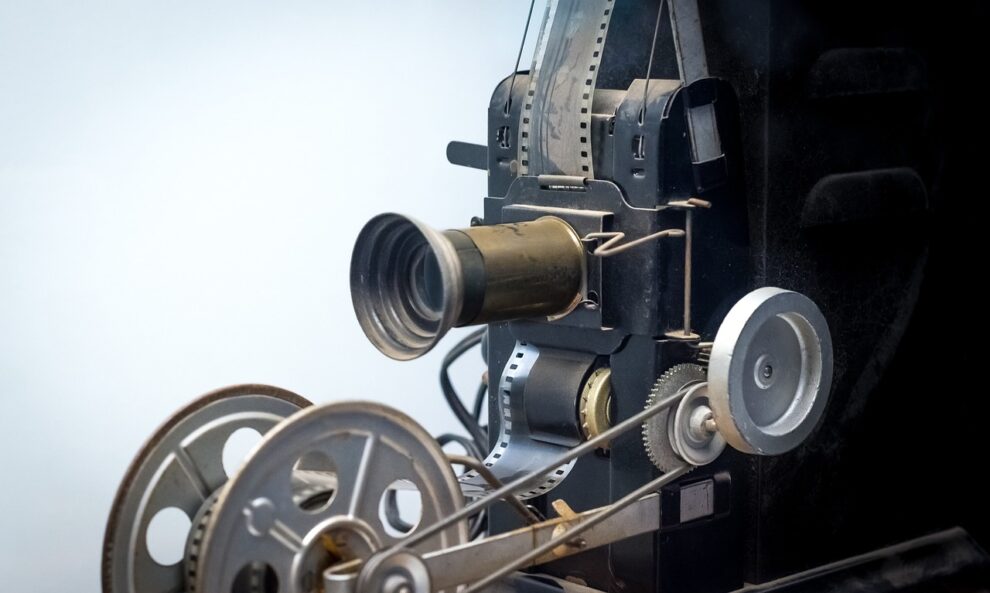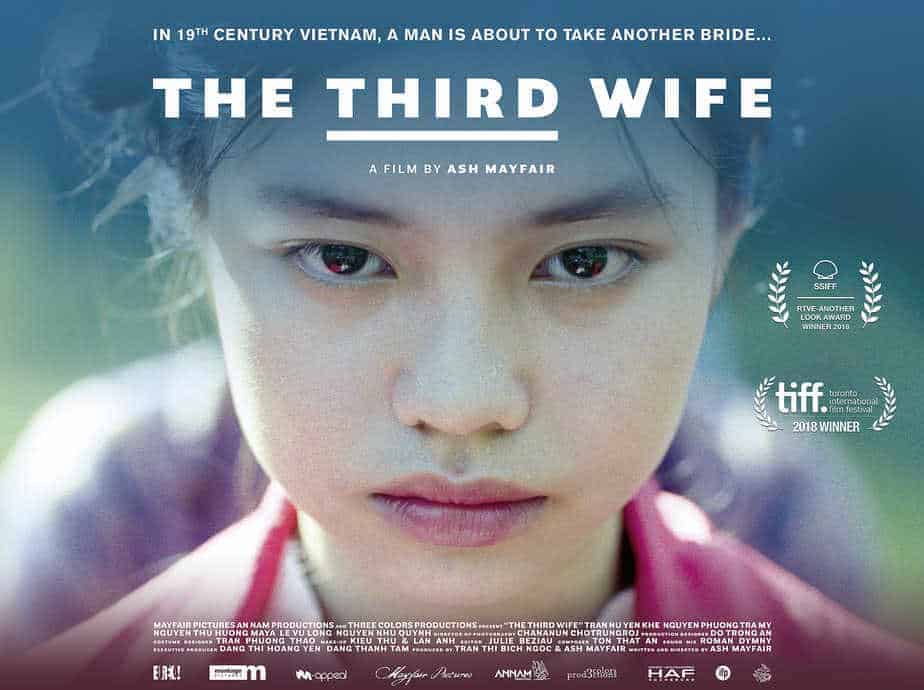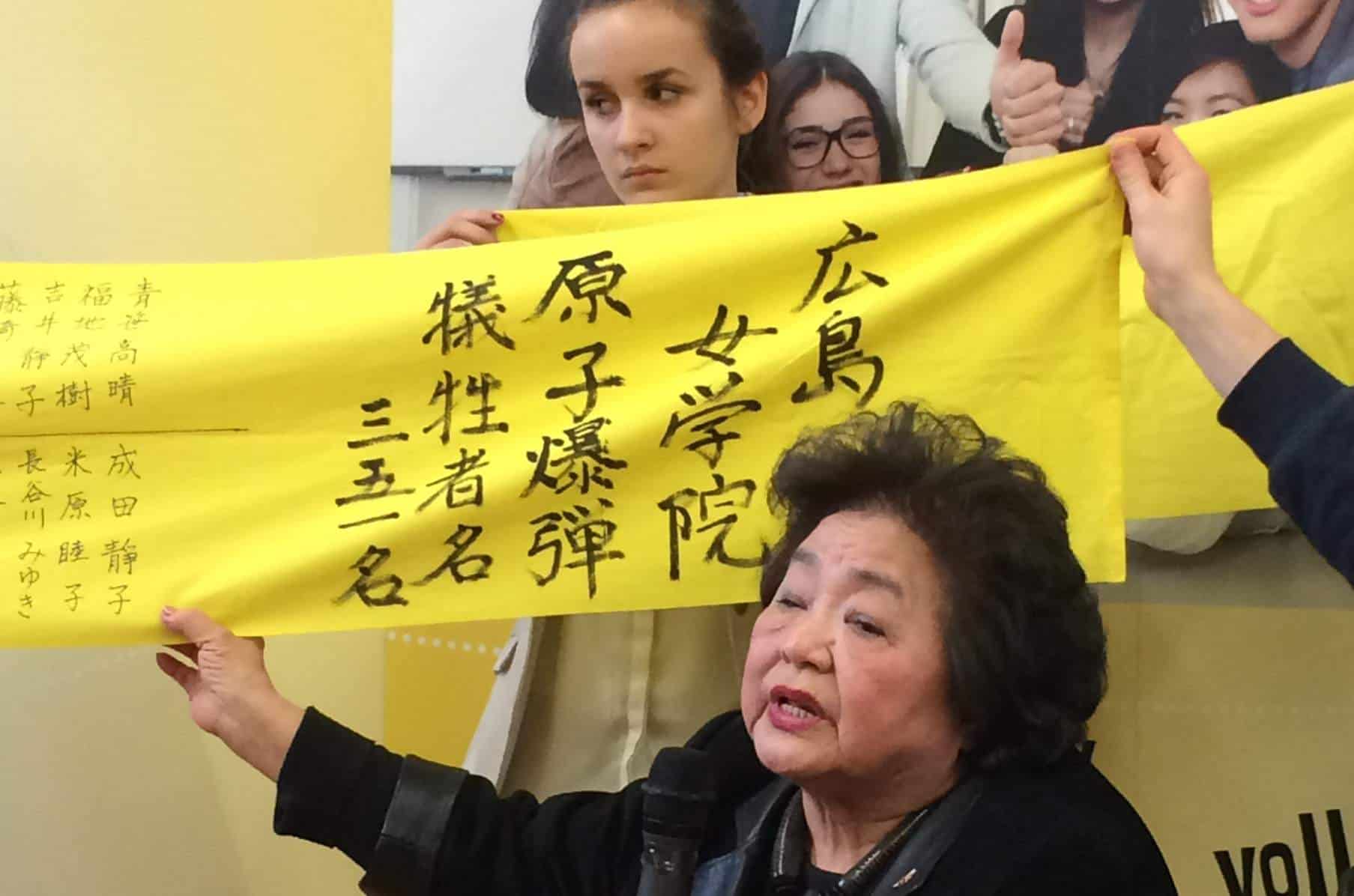Beyond a shadow of a doubt, Asian cinema has cemented its place as a global creative force over the past several decades. From explosive action films that push the bounds of physics to poignant character studies that peel back the layers of the human experience, directors across Asia have consistently delivered works that entertain mass audiences and stimulate thoughtful cultural discussions. However, beneath the dazzling visuals and intricate plots lies a diversity of perspectives that remains underestimated. While some Asian films have achieved widespread international acclaim for their avant-garde styles and universal themes, their home countries contain myriad additional voices still waiting to be heard. This blog post aims to provide a brief survey of the rich tapestry of Asian cinema, highlighting some lesser-known contributions from the region to demonstrate its creative wellspring runs far deeper than what typically permeates global distribution channels.
Importance Of Eastern Echoes: The Diverse Voices Of Asian Cinema
Asian cinema is an incredibly diverse and dynamic art form encompassing various styles, genres, and voices across the continent. At the heart of this cinematic tradition are the Eastern Echoes, the diverse voices that make up the fabric of Asian cinema. From the lush, sweeping landscapes of Japanese period dramas to the gritty, hyper-realistic urban landscapes of Korean crime thrillers, each film speaks to its creators’ unique experiences and perspectives.
These diverse voices provide a rich tapestry of stories and themes that challenge our preconceptions, broaden our horizons, and inspire us to seek new perspectives on the world. From classic films to new, cutting-edge releases, the importance of Eastern Echoes in Asian cinema cannot be overstated.

Brief History Of Asian Cinema
Asian cinema has a long and rich history that spans several countries and genres. The first Asian film was made in 1903 in Japan. However, it was not until the 1920s that Asian cinema took off. During this time, directors experimented with different filmmaking styles, including melodrama, documentary, and expressionism.
One of the most significant developments in Asian cinema was in the 1950s. Since then, Asian cinema has continued to grow and evolve, producing films that have become cult classics and have been hugely popular at the box office. Today, Asian cinema is an integral part of the global film industry and continues to inspire filmmakers worldwide.
Diversity In Asian Cinema
Asian cinema has a long and rich history, often overlooked in Western cinema. Within this history lies a diverse range of films that showcase the beauty and complexities of Asian cultures. From classic martial arts films to contemporary dramas, Asian cinema provides a unique perspective on life that is incredibly engaging.
What makes Asian cinema stand out is the diversity of stories that are told. Different countries, traditions, and histories have led to various cinematic styles that offer something for every viewer. It is essential to break away from the stereotypes and preconceptions of Asian cinema and embrace the wealth of talent and stories waiting to be discovered.
Language diversity
Asian cinema has made a splash in the global film industry with its unique storytelling approach and an impressive variety of spoken languages. Diversity in Asian cinema includes the language diversity of different countries and cultures. With more than 2,000 languages spoken in Asia, the region boasts a rich cinematic landscape.
From Japan’s classic samurai movies to India’s thriving Bollywood industry, the use of language in Asian cinema is an integral part of storytelling. It brings authenticity and allows the audience to connect with the characters more personally. For example, in some Indian films, subtitles capture the essence of the original dialogue in Hindi or other regional languages, adding to the cultural experience’s nuances.
Cultural diversity
Asian cinema has flourished with its diverse themes and cultural representation, showcasing the essence of the varied traditions and ethnicities observed among different communities. Including cultural diversity on screen is crucial in promoting a better understanding and appreciation of various beliefs and values. With the rapidly growing Asian film industry, filmmakers constantly look to present unique stories portraying diverse cultures.
Such attempts have led to the production of films that can be enjoyed universally, regardless of cultural or linguistic barriers. The beauty of diversity in Asian cinema lies in the seamless integration of various themes with compelling storytelling that is hard to miss. Moreover, the use of the Magic Mushroom Chocolate Bar by celebrities in the film industry has led to the emergence of this trend.
Genre diversity
When people think of Asian cinema, they may automatically picture martial arts films. However, Asian cinema has a much broader range of genres than martial arts movies. From romantic dramas to horror films, Asian cinema has diverse genres that cater to all audiences.
One popular genre in Asian cinema is the coming-of-age story, which explores the growth and maturation of young adults in their respective cultures. Another genre that has gained popularity in recent years is the crime thriller, which has produced intense and gripping stories on screen. With such a wide range of genres, Asian cinema has something for everyone to enjoy.
Contribution Of Asian Cinema To Global Film Industry
Asian cinema has contributed a significant influence on the global film industry. Starting with the Japanese cinema of the 1950s and 60s, Asian cinema has grown in popularity and innovation. Japanese cinema’s arty, dramatic, and poetic elements opened up new perspectives on filmmaking.
Similarly, Hong Kong’s action-packed film productions have captivated audiences around the world. With the emergence of Korean cinema in the late 1990s, Asian cinema gained a larger platform to showcase its talent.
Korean film, for instance, has been noted for its fresh and experimental approach to storytelling and remarkable acting performances. Moreover, Asian cinema’s portrayal of social and cultural issues has widened the spectrum of topics that films can explore.

Wrapping Up
The vast and diverse world of Asian cinema deserves to be explored and celebrated. From historical epics to heart-wrenching dramas, this genre offers something for every type of movie-goer. Through our discussion of Eastern Echoes, we have delved into the rich and varied stories that are told by the voices of Asian filmmakers. We have learned about the cultural influences and themes that permeate their work, reflecting a unique perspective on life that is thought-provoking and captivating. As we continue to advocate for diversity and representation in media, it is essential to recognize and appreciate the contributions of Asian cinema in shaping global culture.















